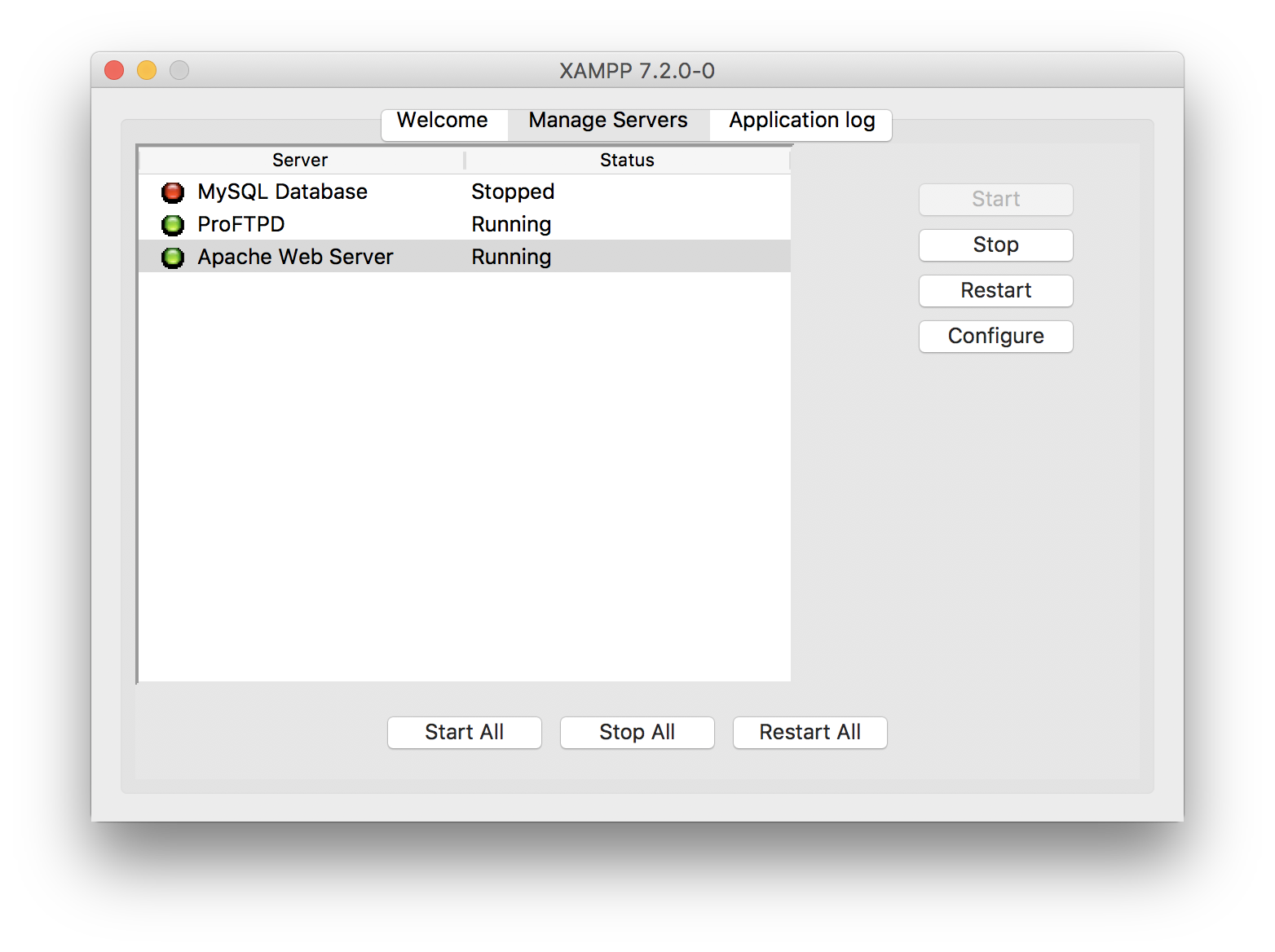

MySQL Cluster Community Edition is available as a separate download. For example, my macOS user is named chris so I can login to postgresql with that username. MySQL Community Edition is a freely downloadable version of the world's most popular open source database that is supported by an active community of open source developers and enthusiasts. Follow the instructions and run them: # To have launchd start postgresql at login:īy default the postgresql user is your current macOS username with no password.
MYSQL FOR MAC SIERRA MAC OS
Unable to install SSLVPN client on Mac OS High Sierra (59190). Once this command is finished, it gives you a couple commands to run. Using Tuntap on Mac to integrate host computer into GNS3. MySQL on MACOS Sierra secure-file-priv setting Ask Question Asked 5 years, 10 months ago Modified 3 years, 9 months ago Viewed 25k times 6 I cannot find where to set secure-file-priv. You can install PostgreSQL server and client from Homebrew: brew install postgresql When you're finished, you can skip to the Final Steps. After installing Mysql 8.0.12 on MacOS High Sierra, Mysql server would not start up. Follow the instructions and run them: # To have launchd start mysql at login:īy default the mysql user is root with no password. Once this command is finished, it gives you a couple commands to run. 2 2 Autostart MySQL Server When developing interactive web applications. You can install MySQL server and client from Homebrew: brew install mysql Zend Server is a PHP server for Mac that allows you to develop locally with. To uninstall MySQL and completely remove it (including all databases) from your Mac do the following: Open a terminal window Use mysqldump. If you're coming from PHP, you may already be familiar with MySQL.

If you're new to Ruby on Rails or databases in general, I strongly recommend setting up PostgreSQL. There is a lot of documentation on both, so you can just pick one that seems like you'll be more comfortable with.

You'll probably want something more robust like MySQL or PostgreSQL. Chances are you won't want to use it because it's stored as a simple file on disk. Rails ships with sqlite3 as the default database. If I run: ps -ax grep mysql to see the processes even when I (think) I have uninstalled mysql, it shows: 54948 ttys002 0:00. The mysqld-debug executable does not seem to hang, so if MySQl 5.7 is required for testing purposes it might be possible to replace /usr/local/mysql/mysqld with mysqld-debug in the same location as a temporary workaround.We're going to install sqlite3 from homebrew because we can't use the built-in version with macOS Sierra without running into some troubles. Basically, the problem is that for some reason the mysql server is starting and stopping automatically, and constantly. Start the server using the System Preferences.
MYSQL FOR MAC SIERRA MAC OS X
bashprofile Change your startup variables to export VERSIONERPERLPREFER32BITno or you will get a failure message about dyld when using DBD. Note: This post assumes you followed installing Apache, PHP, and MySQL on Mac OS X El Capitan and have since upgraded to Mac OS X Sierra. Removing it fixes your problem, but it's also possible to simply turn autostart off in the MySQL preference pane that's part of the installation. One way to do this is to add export PATHPATH:/usr/local/mysql/bin to your. The default installation includes the launchd script you found that is responsible for starting mysqld at boot. The hang on shutdown is probably the same issue.
MYSQL FOR MAC SIERRA PASSWORD
It seems as though the installation *is* complete at this point, but because the installer fails, the root password has to be recovered as documented in the MySQL reference manual, or the data directory has to be removed and re-created manually, which will allow the user to see the generated password. Step 1: Kill MySQL Install Process Press Command + Option + Escape (all together like they are having a three-way) and kill your installer process. So to have Sierra, I would suggest the following steps: First, connect, After this, turn off your computer and Reinstall from macOS Recovery, the macOS that. The installation does not finish because when mysqld is invoked to create the data directory, it never exits. I haven't tested it extensively though since I'm more interested in why MySQL 5.7 *doesn't* work.


 0 kommentar(er)
0 kommentar(er)
